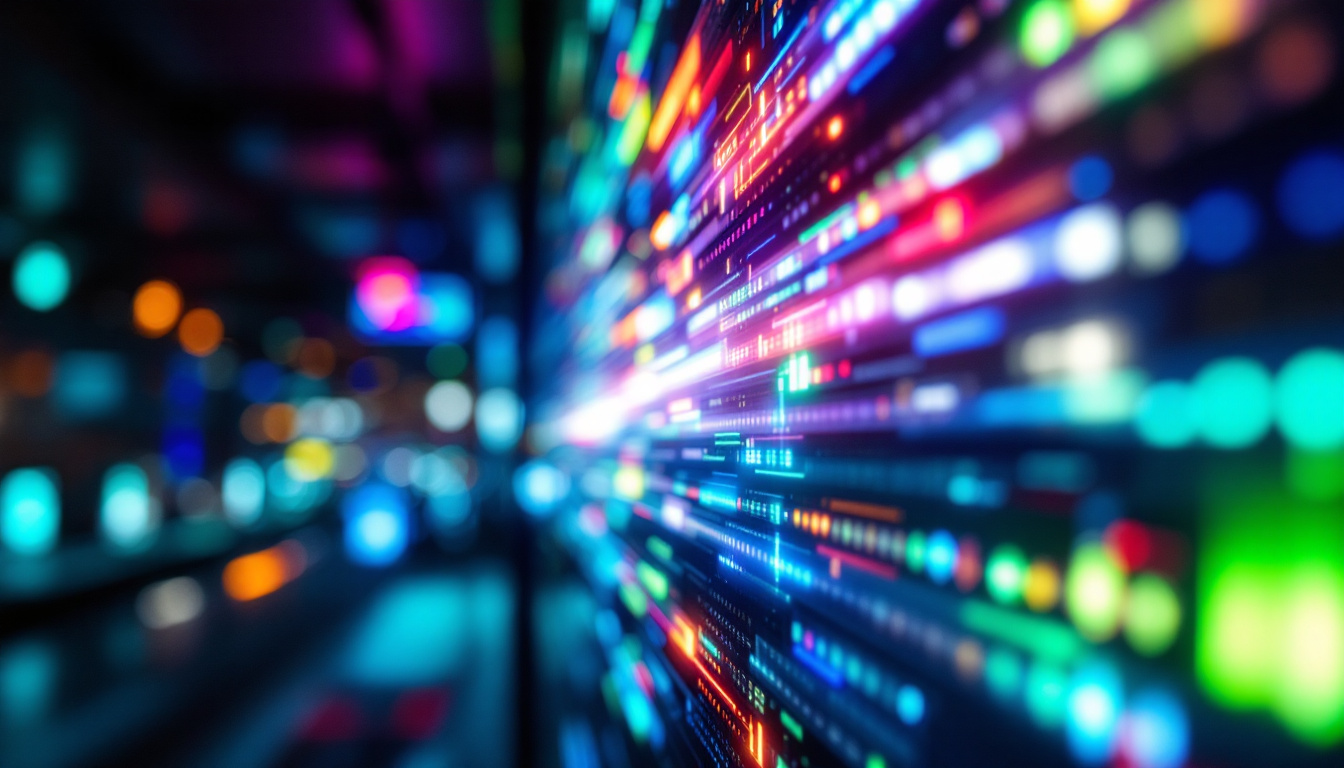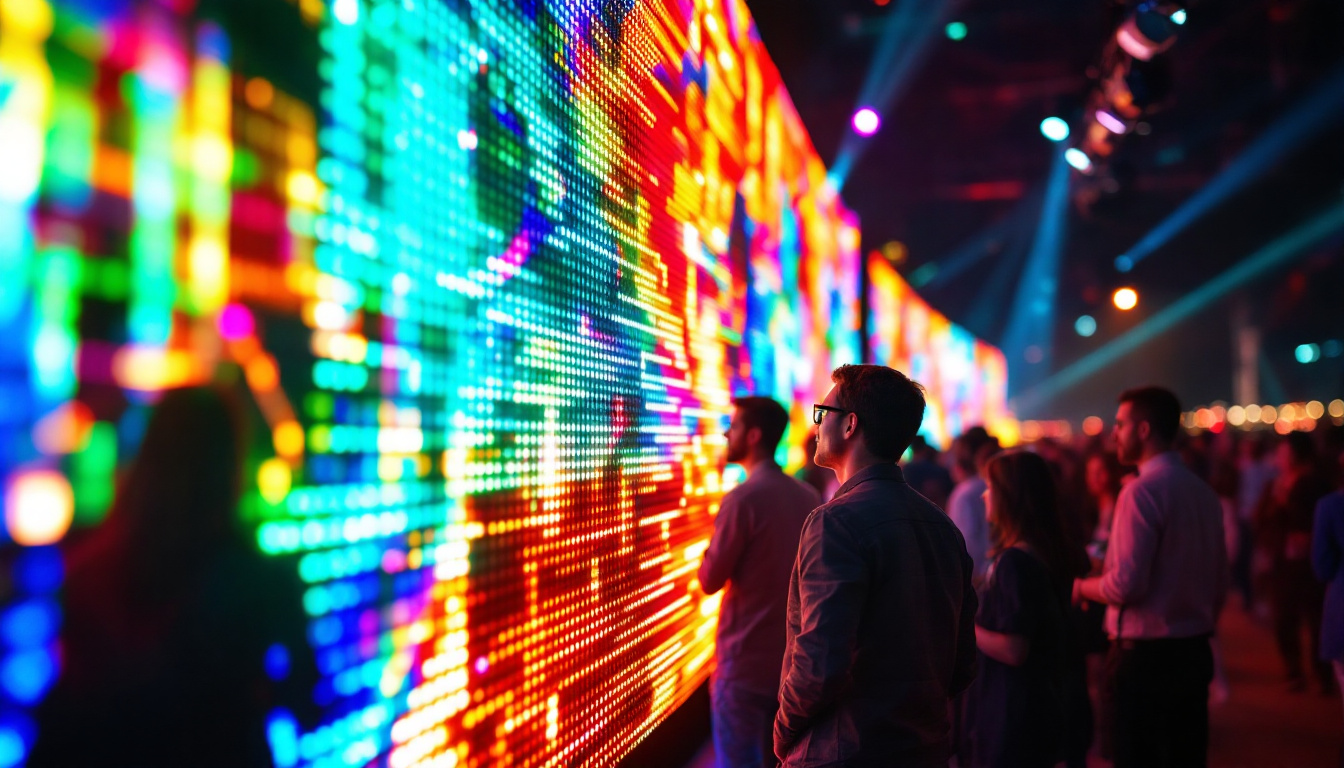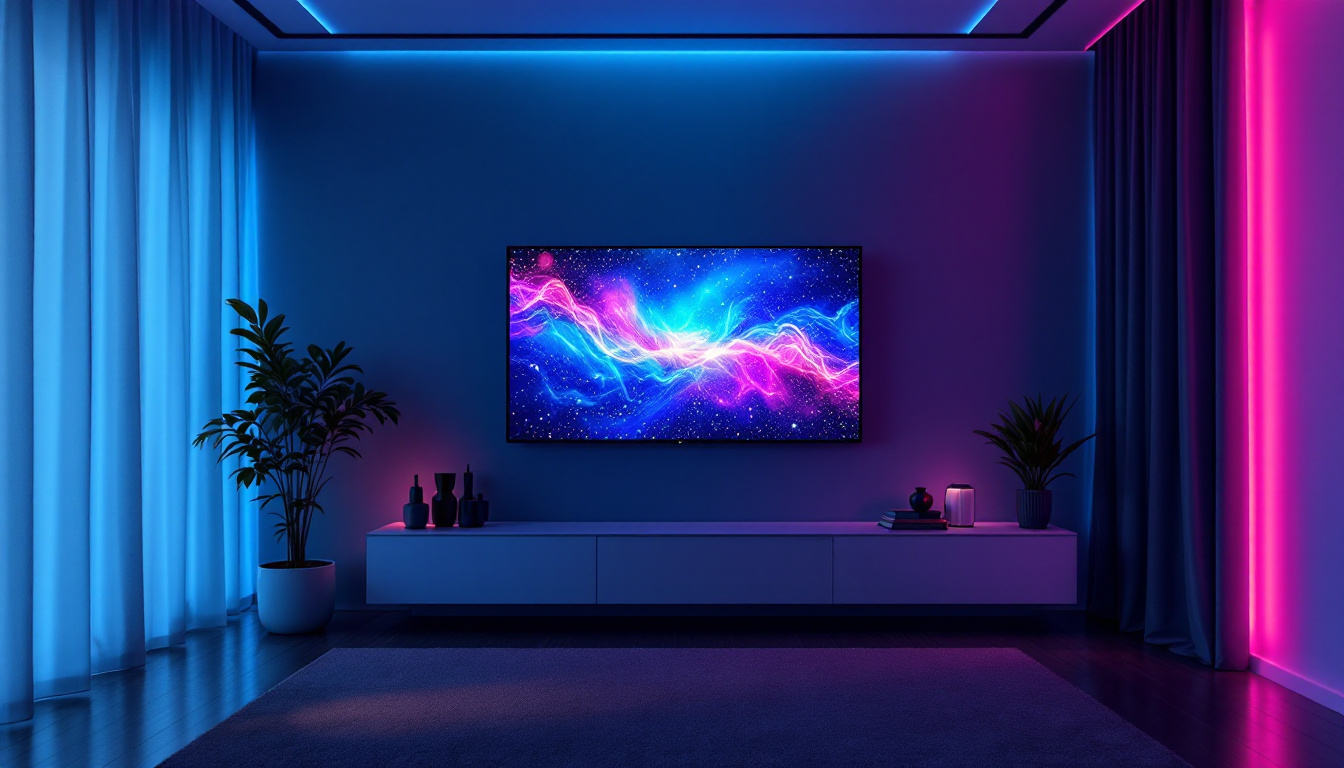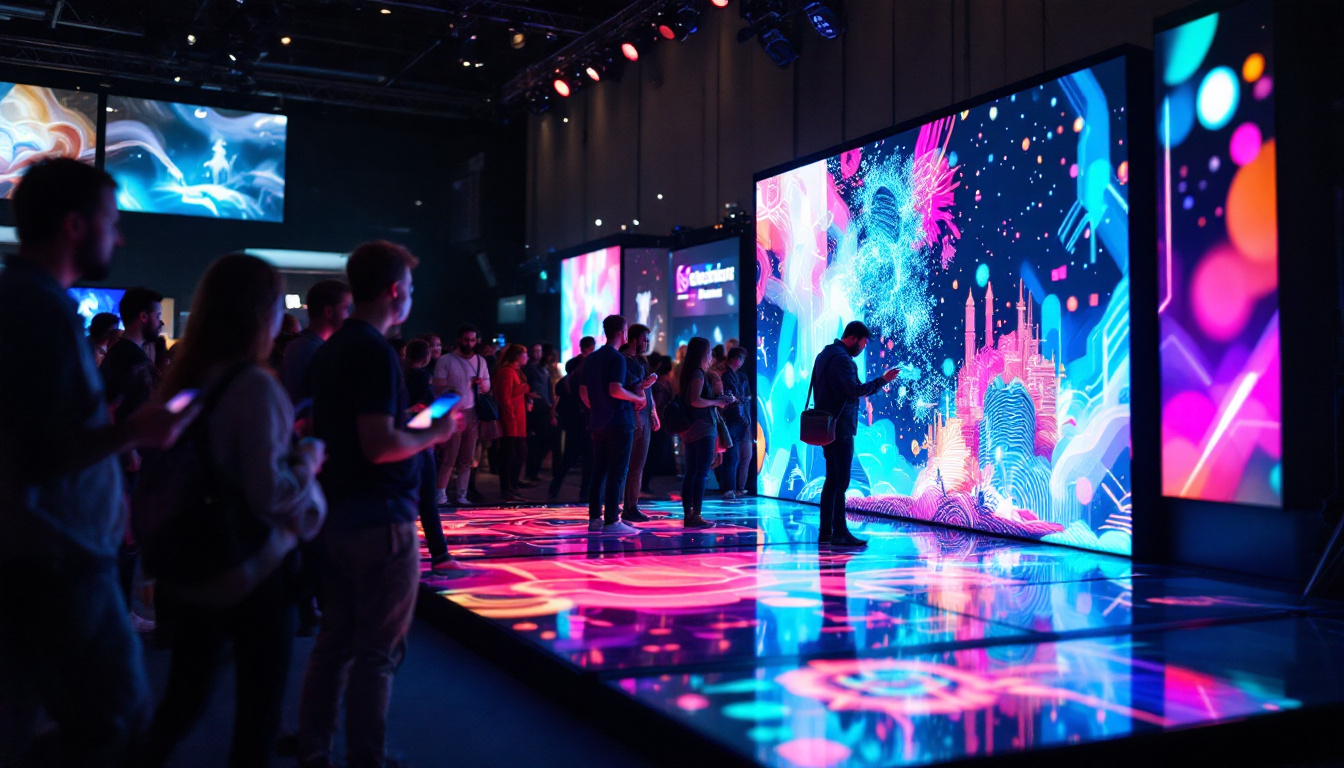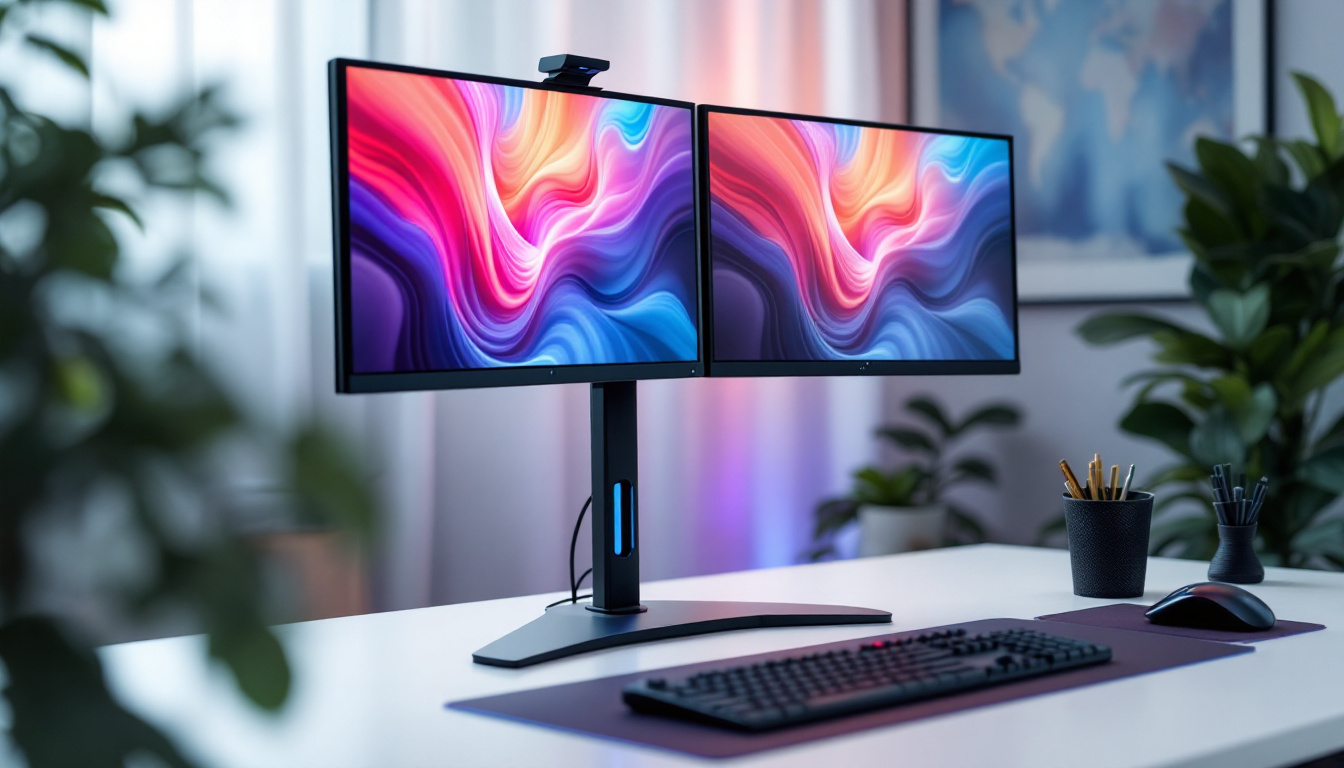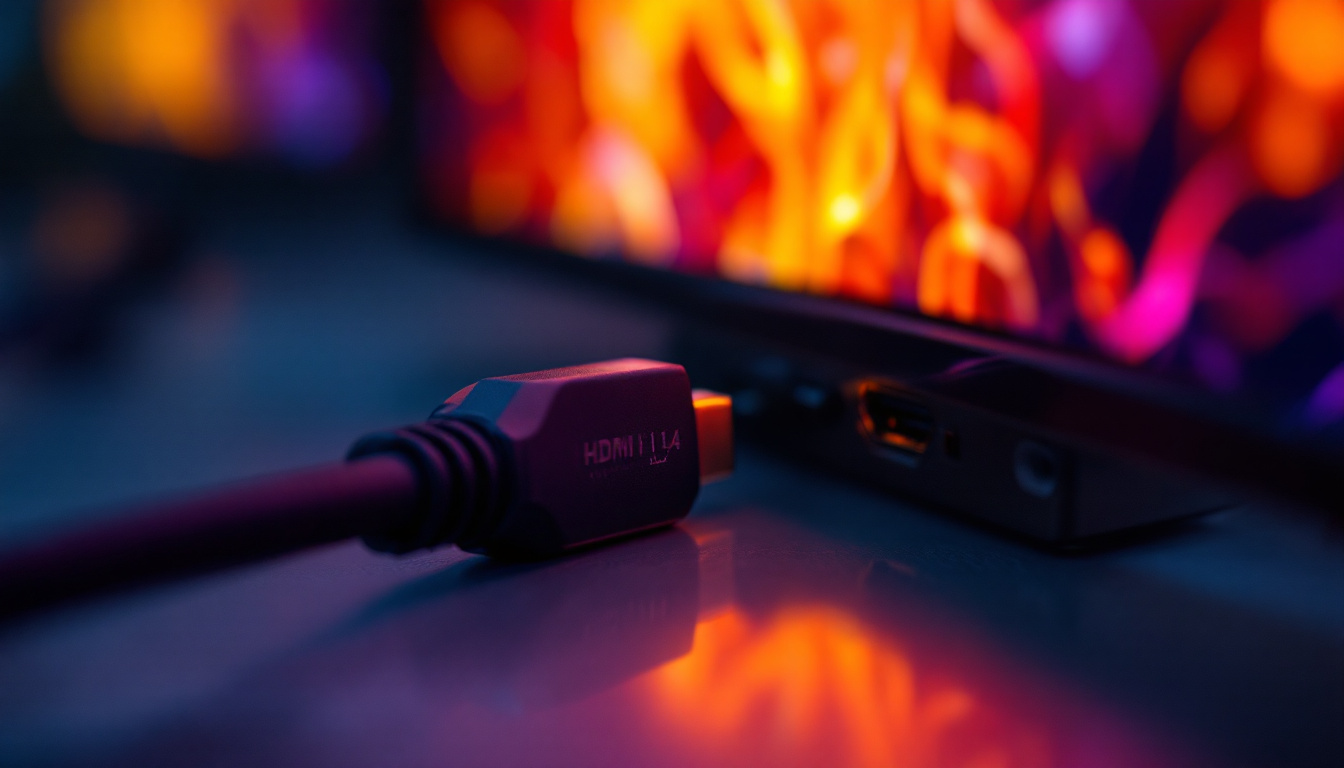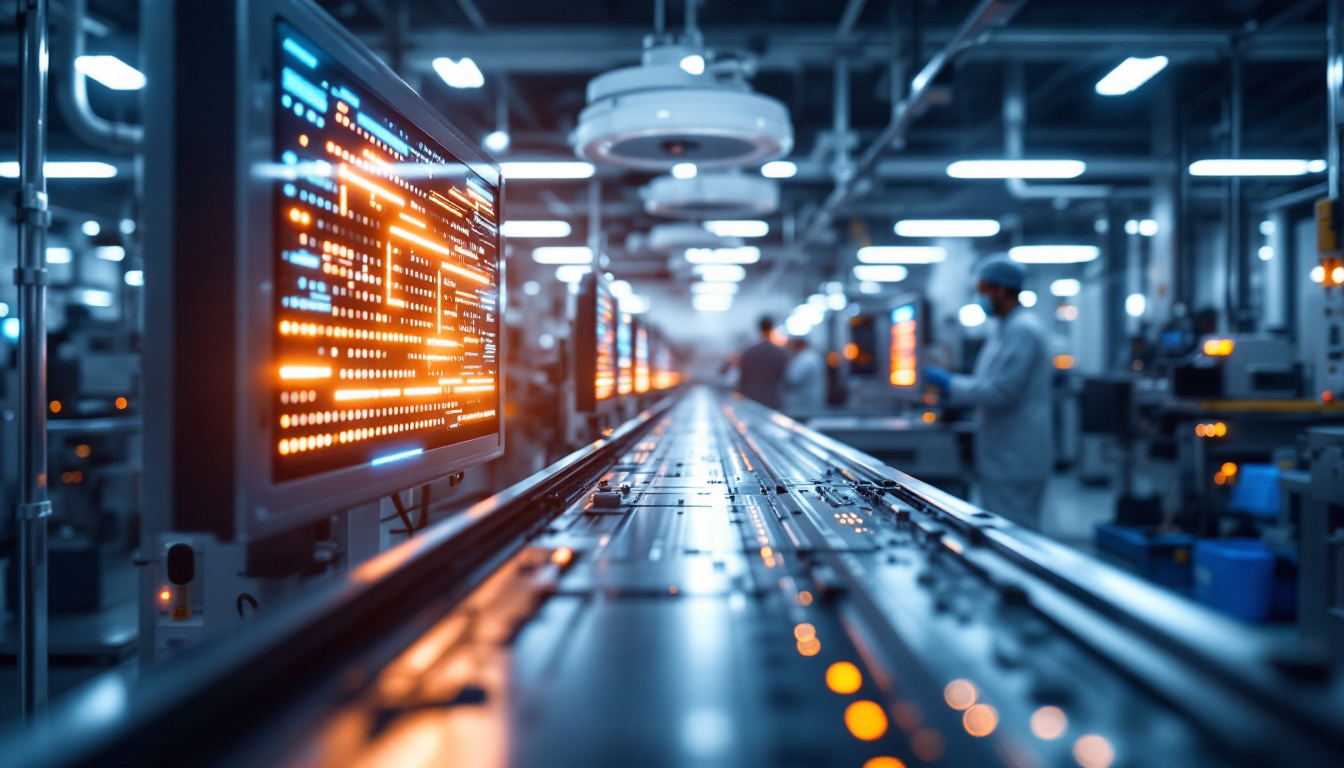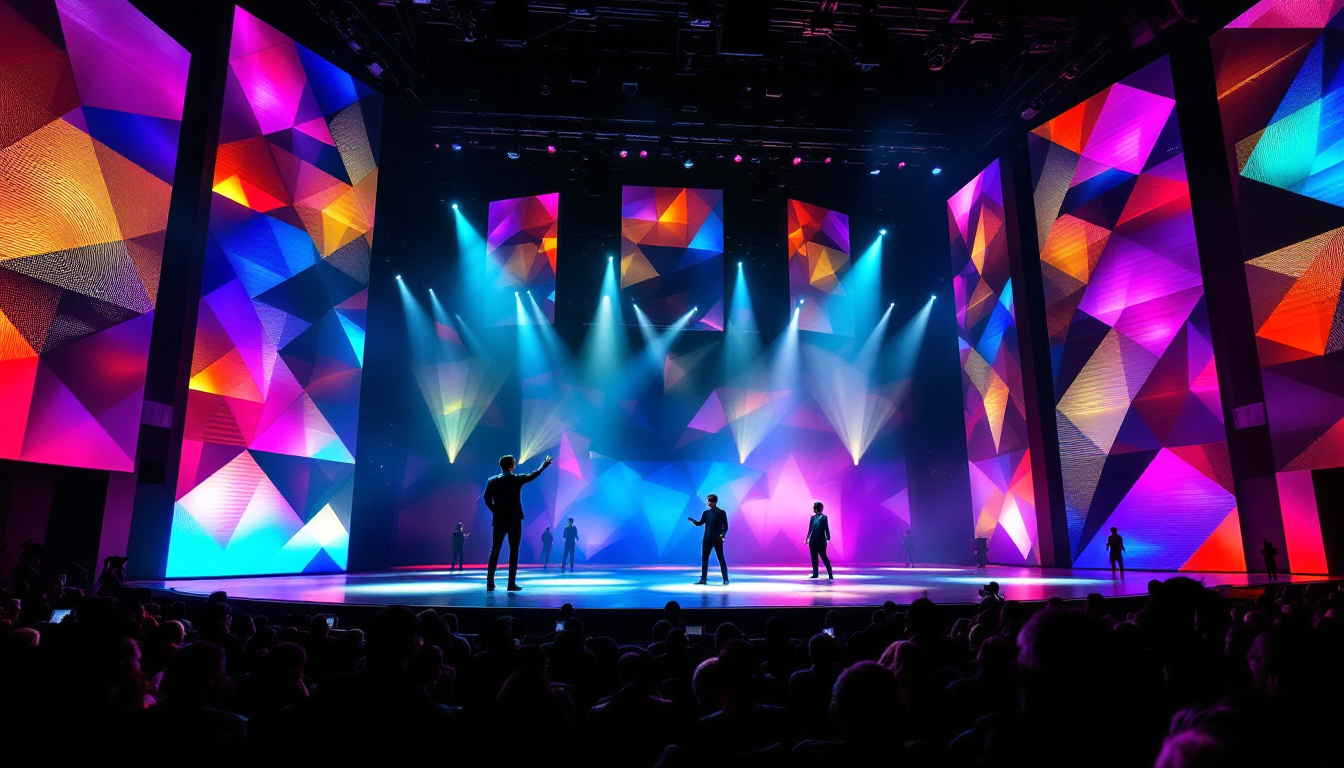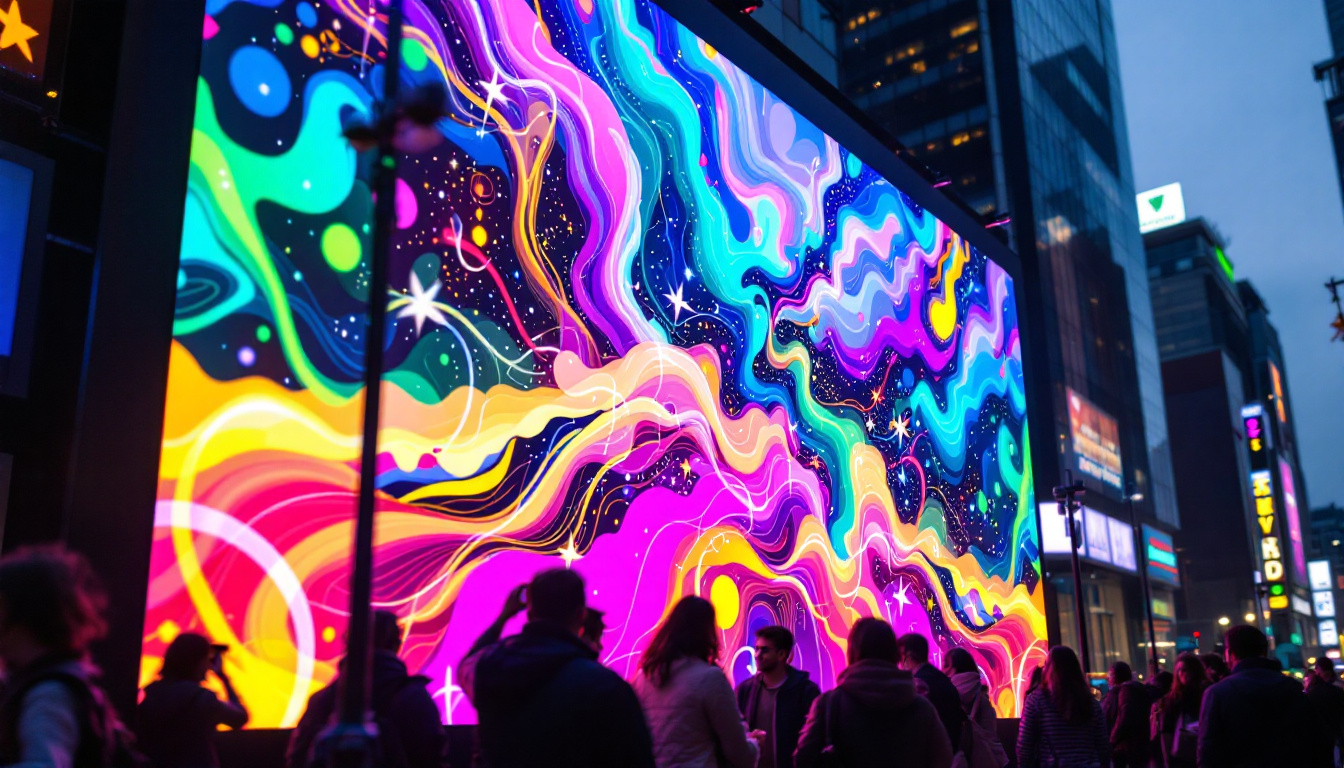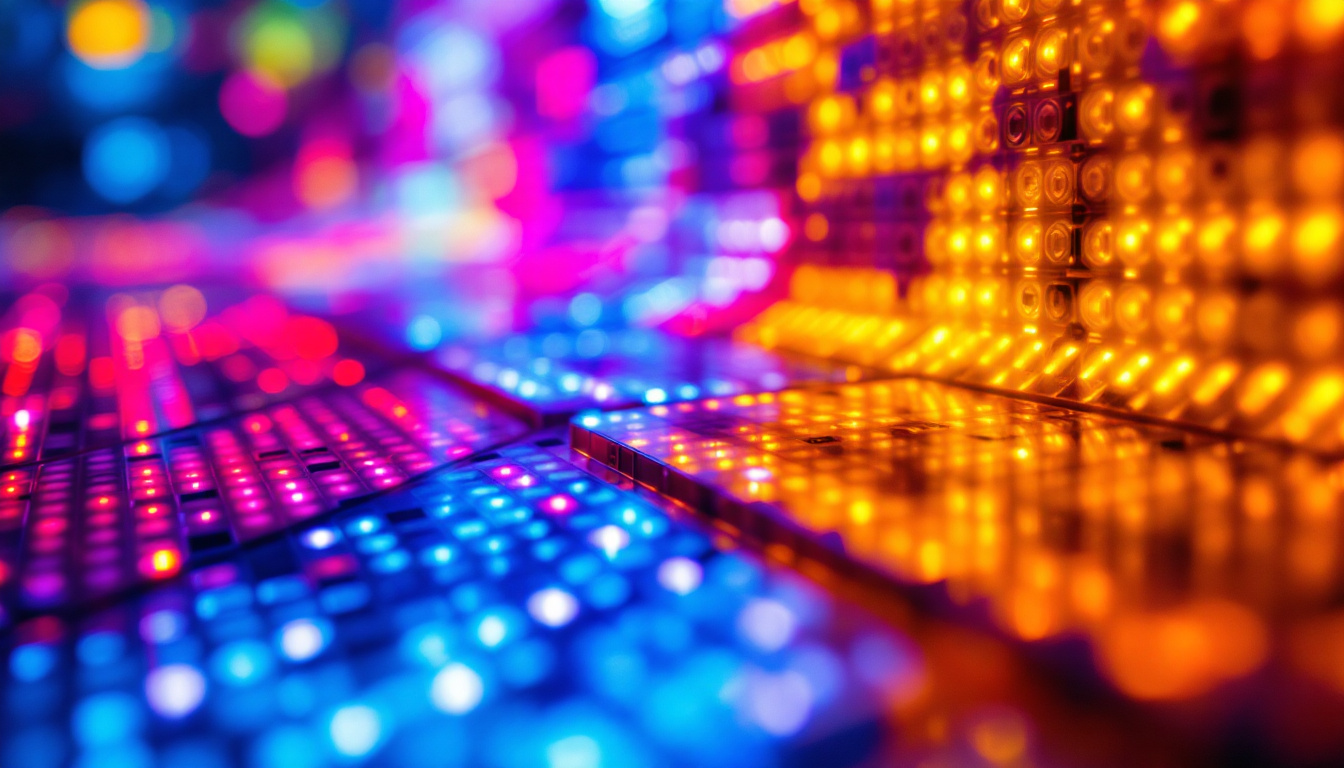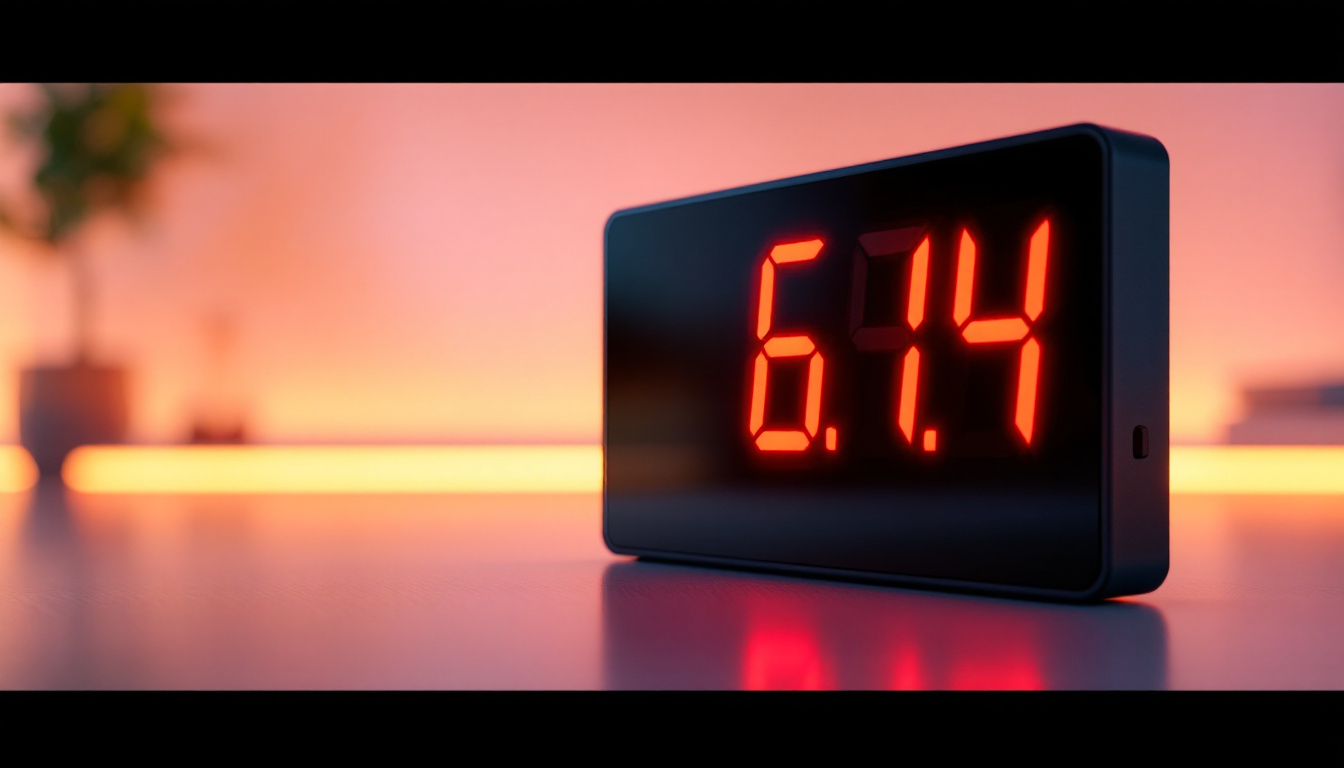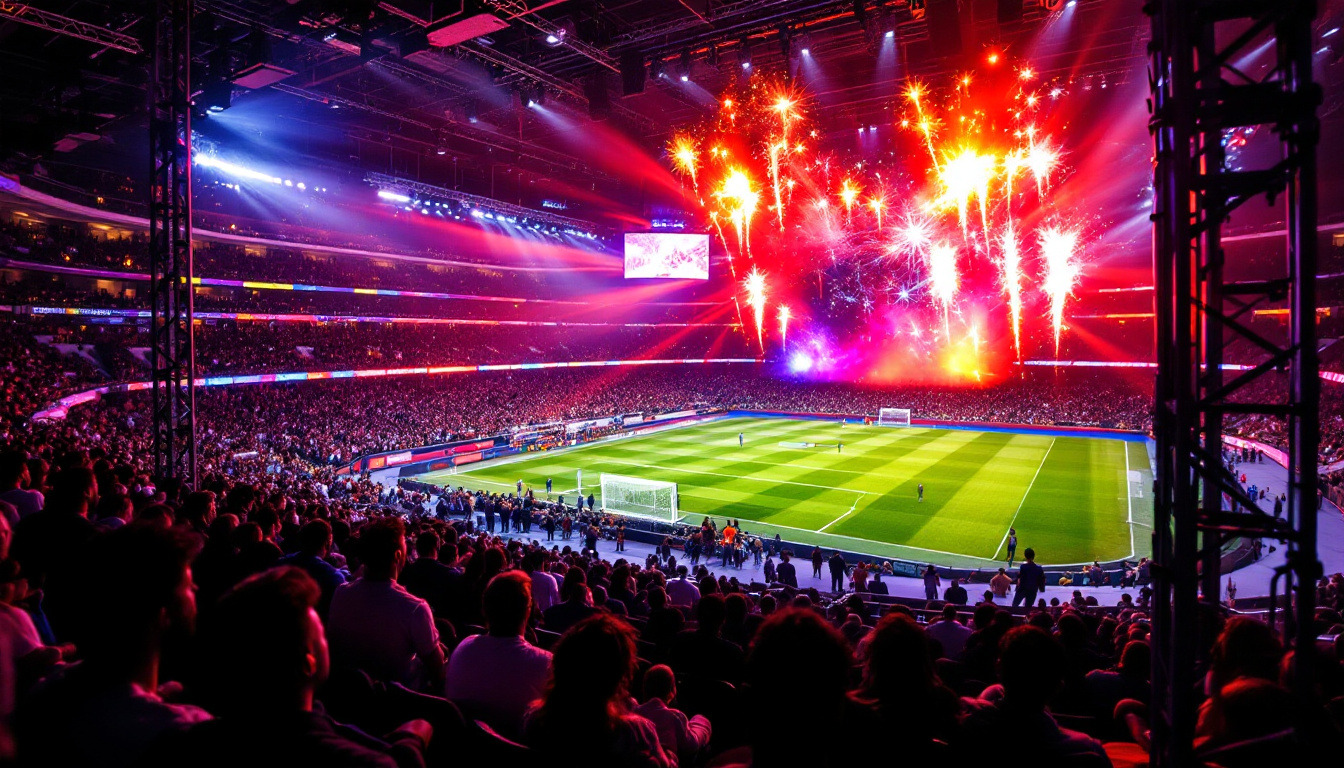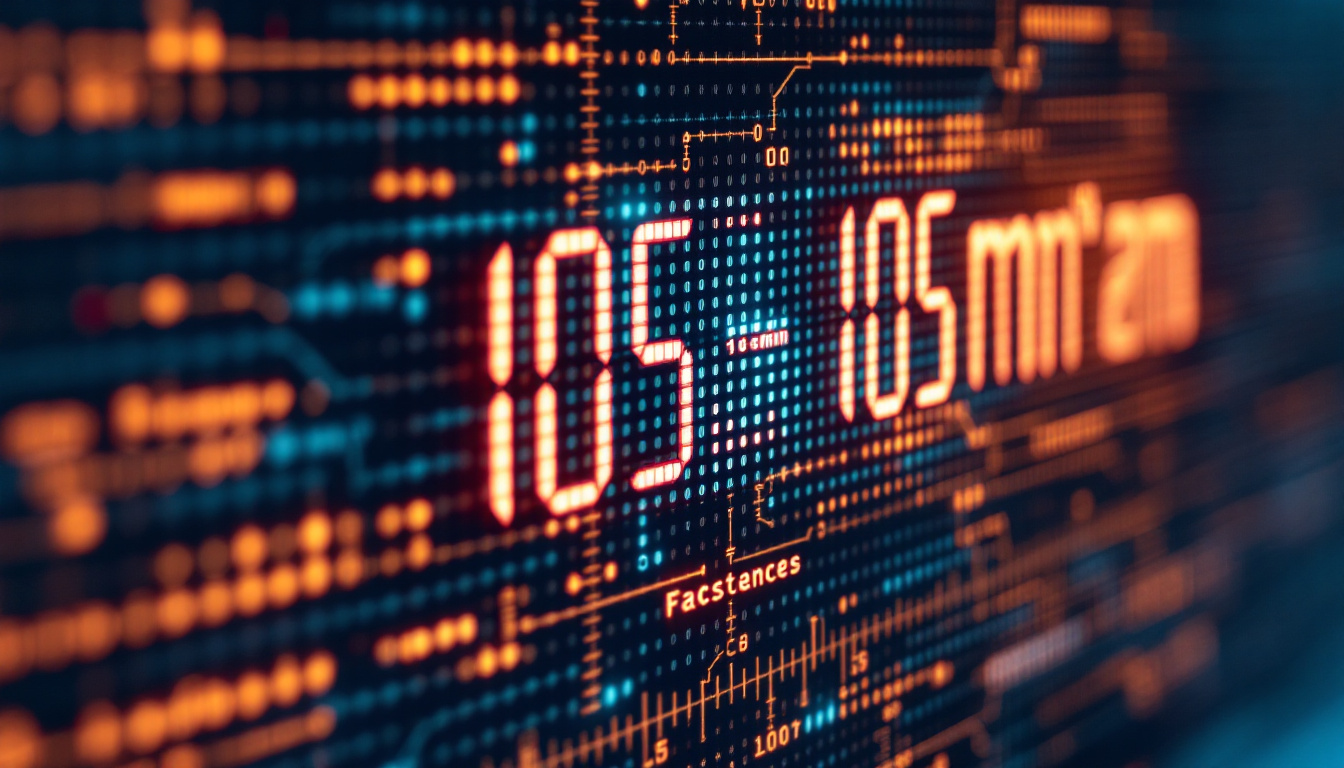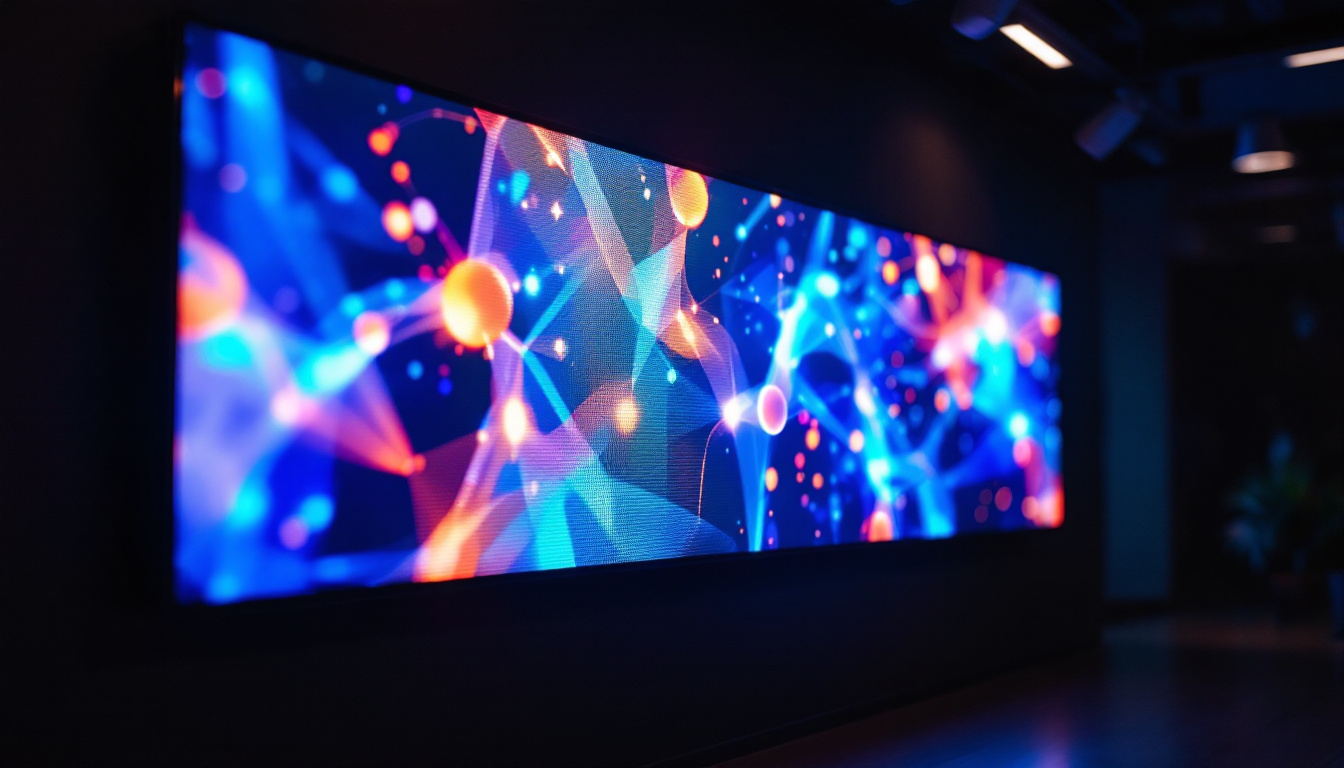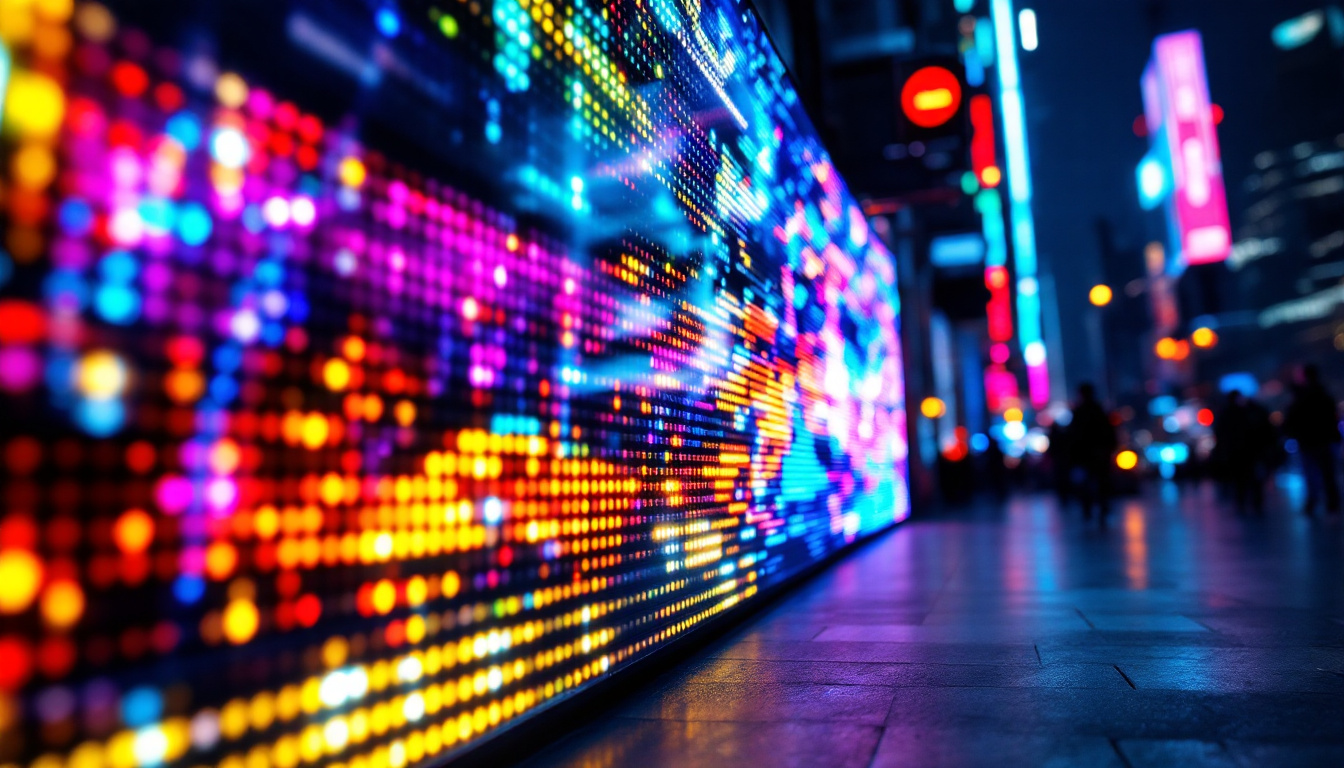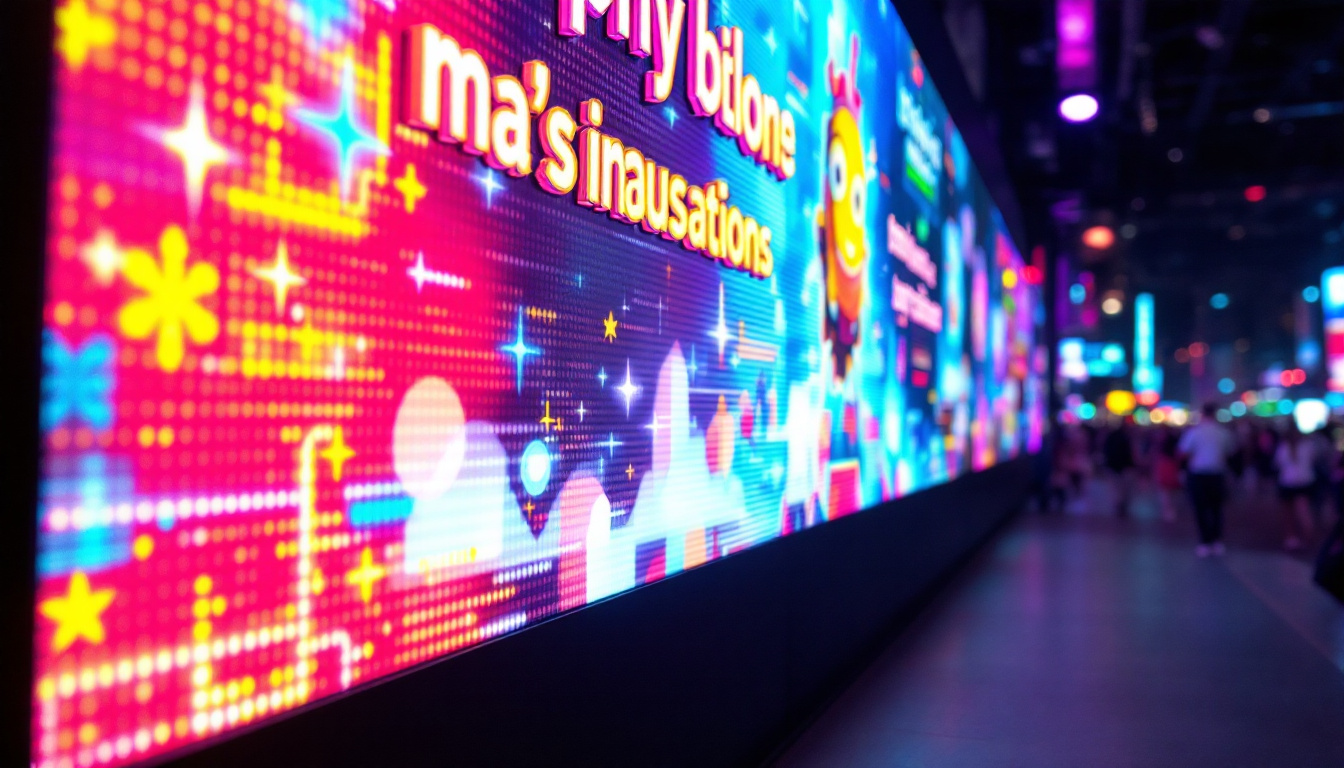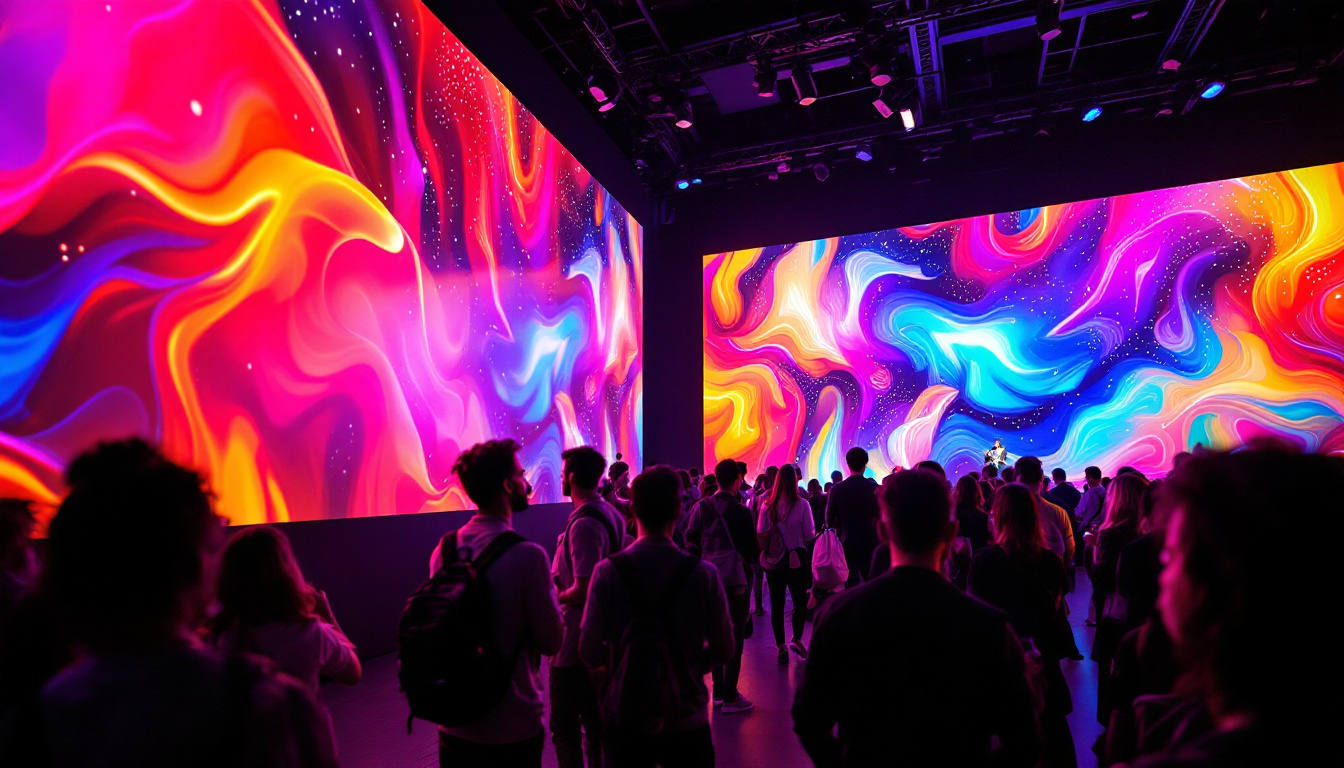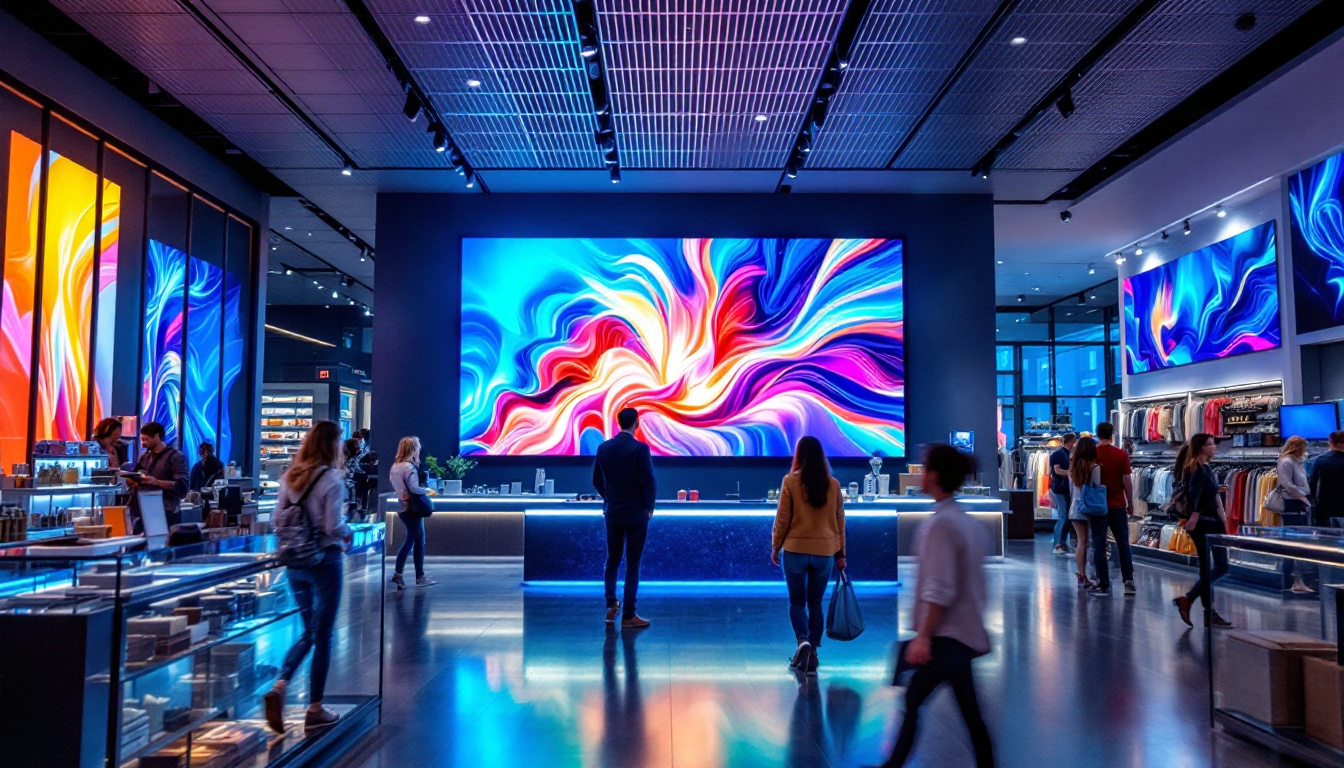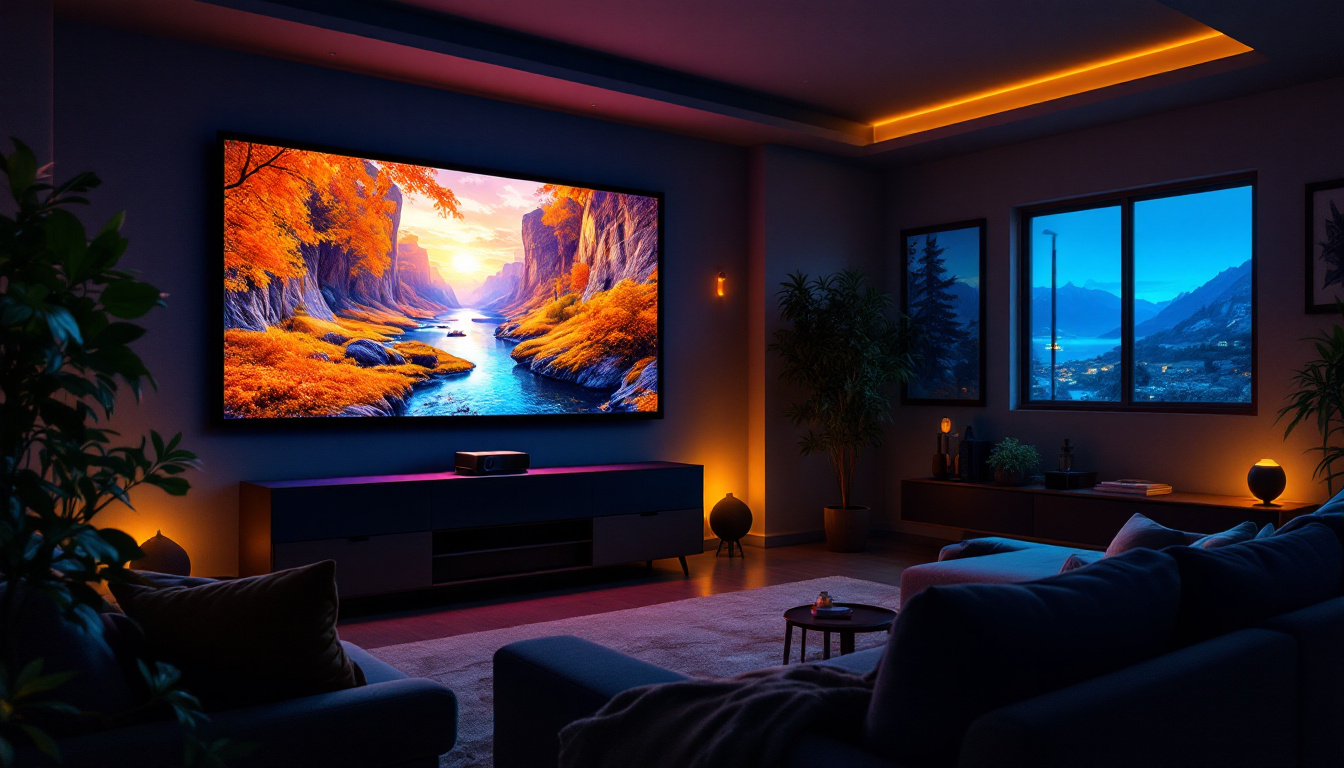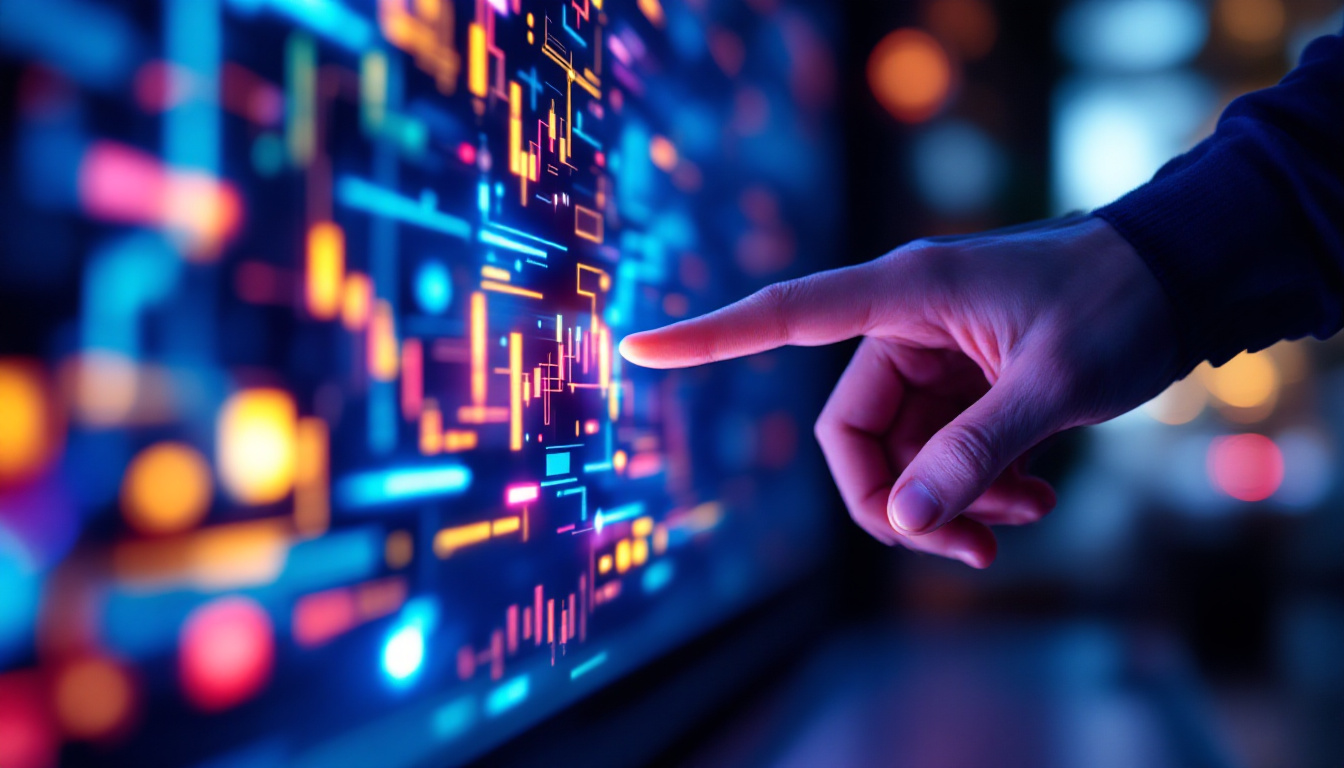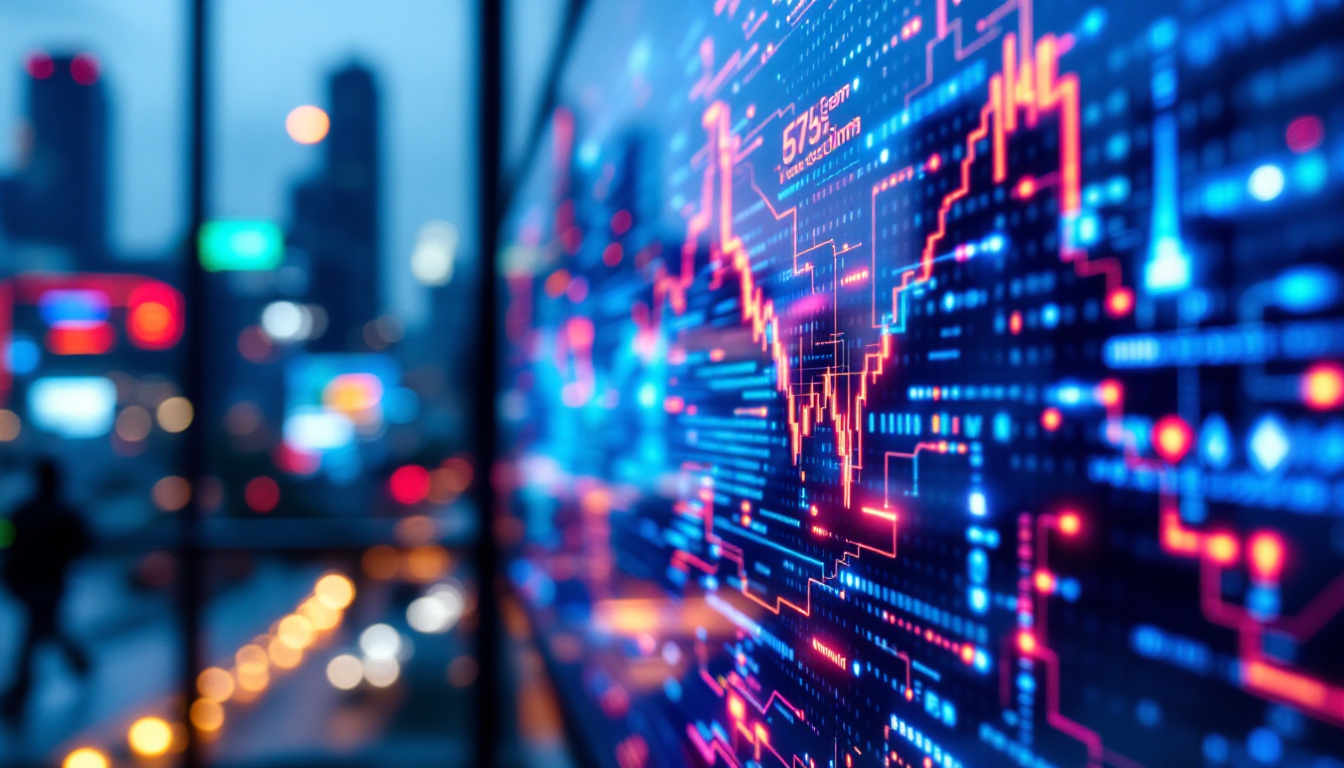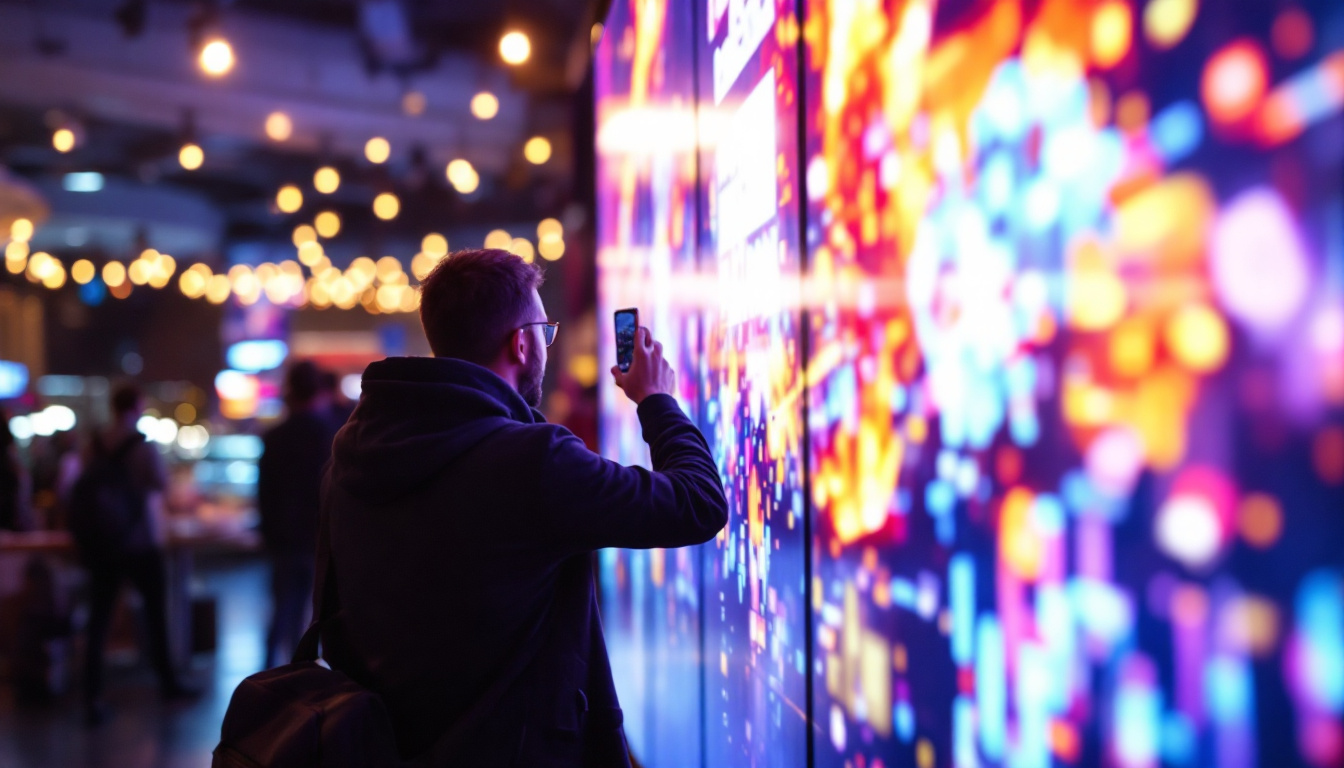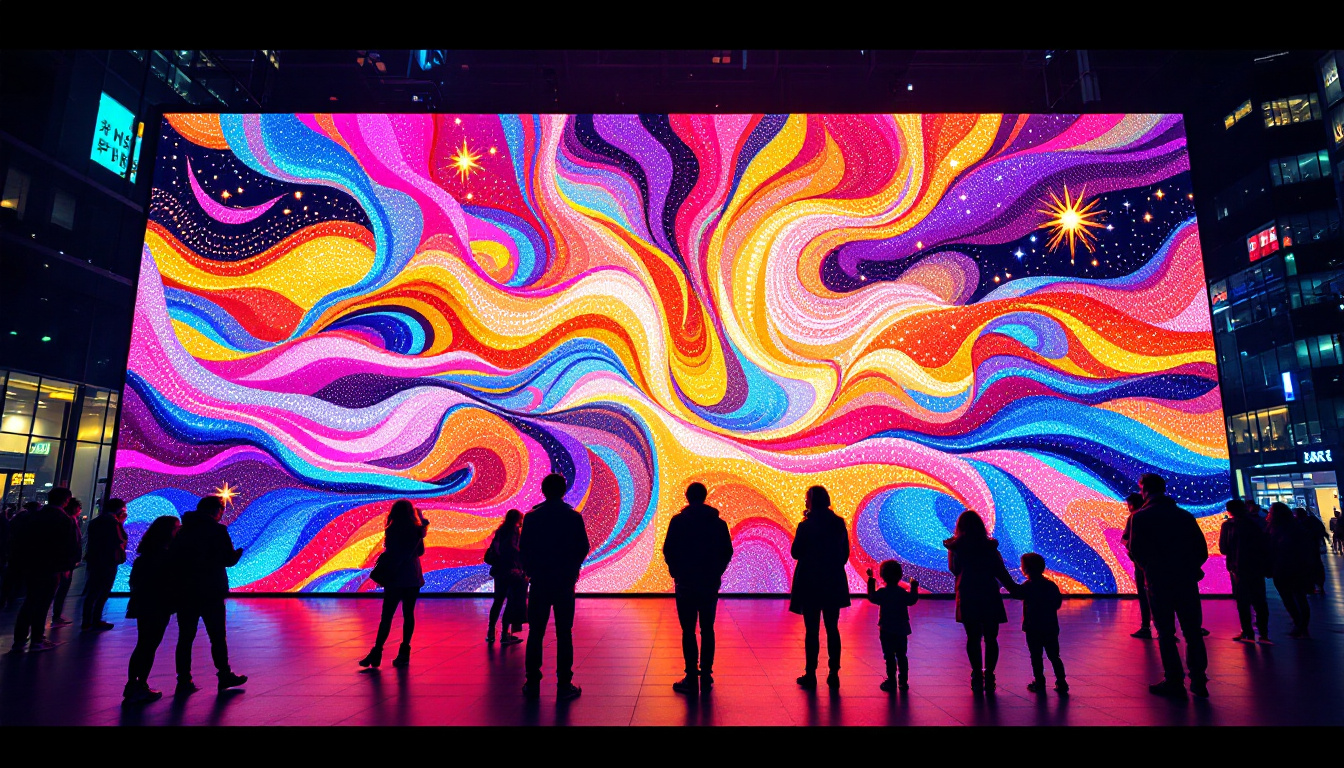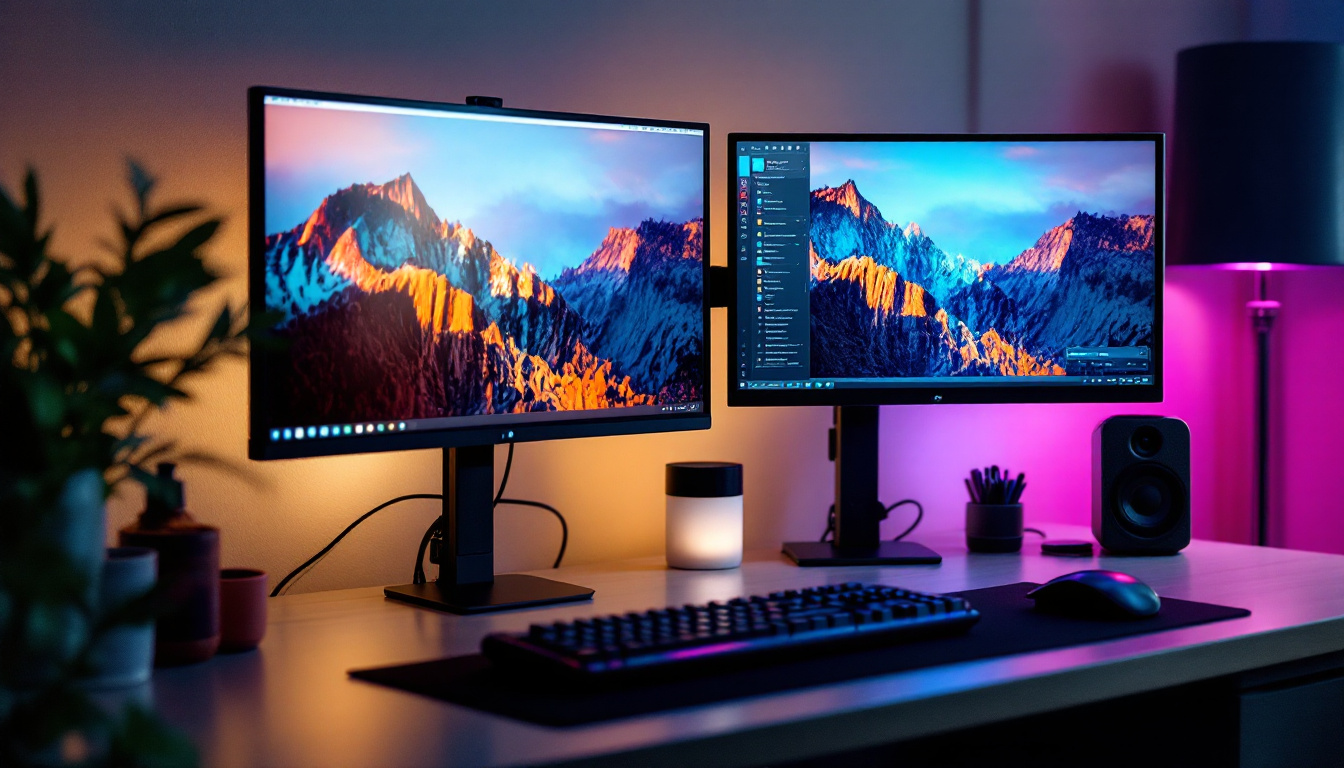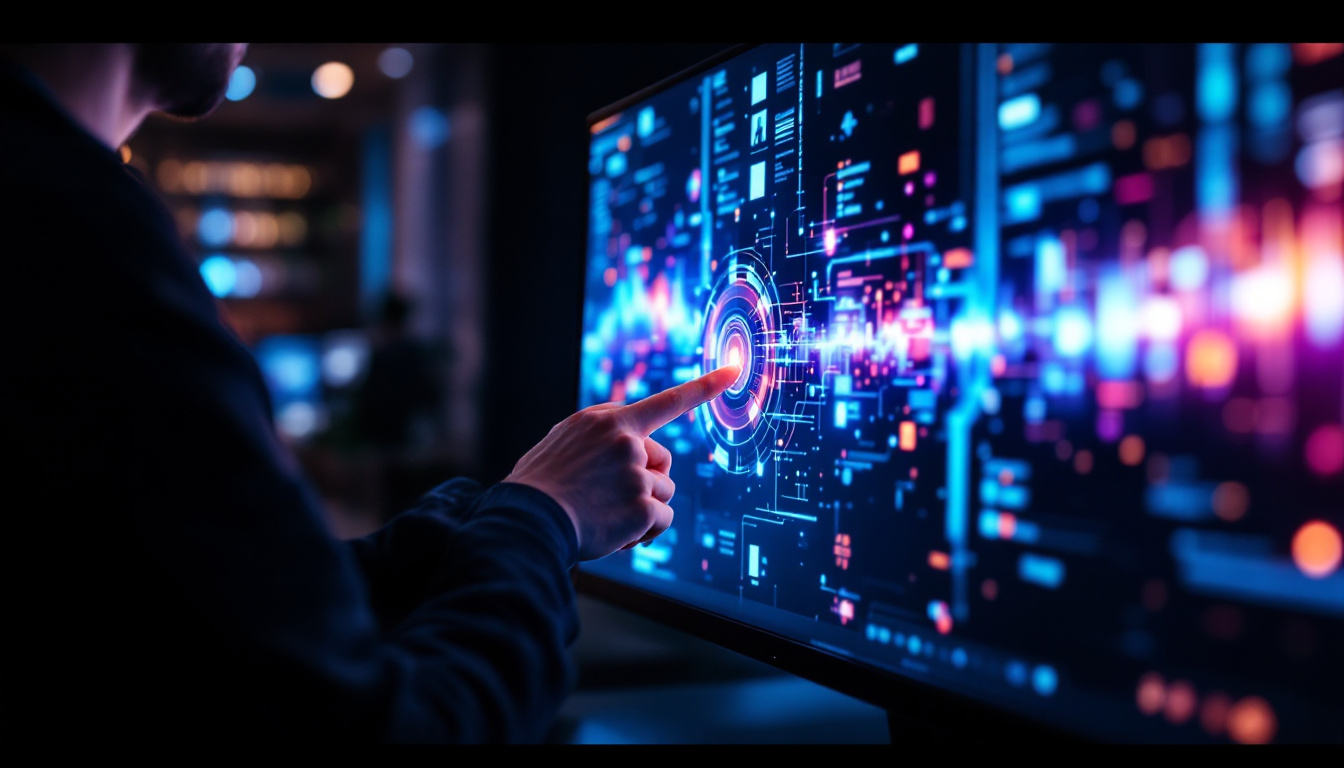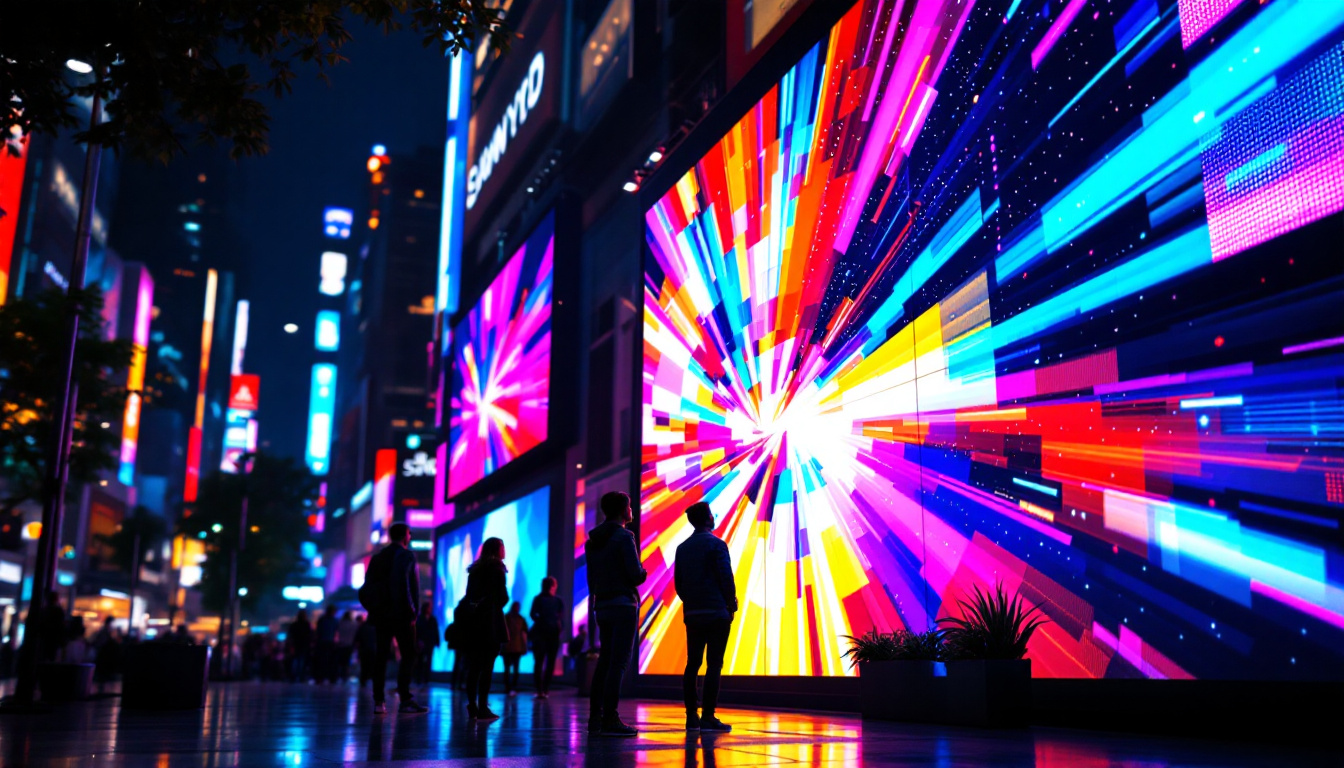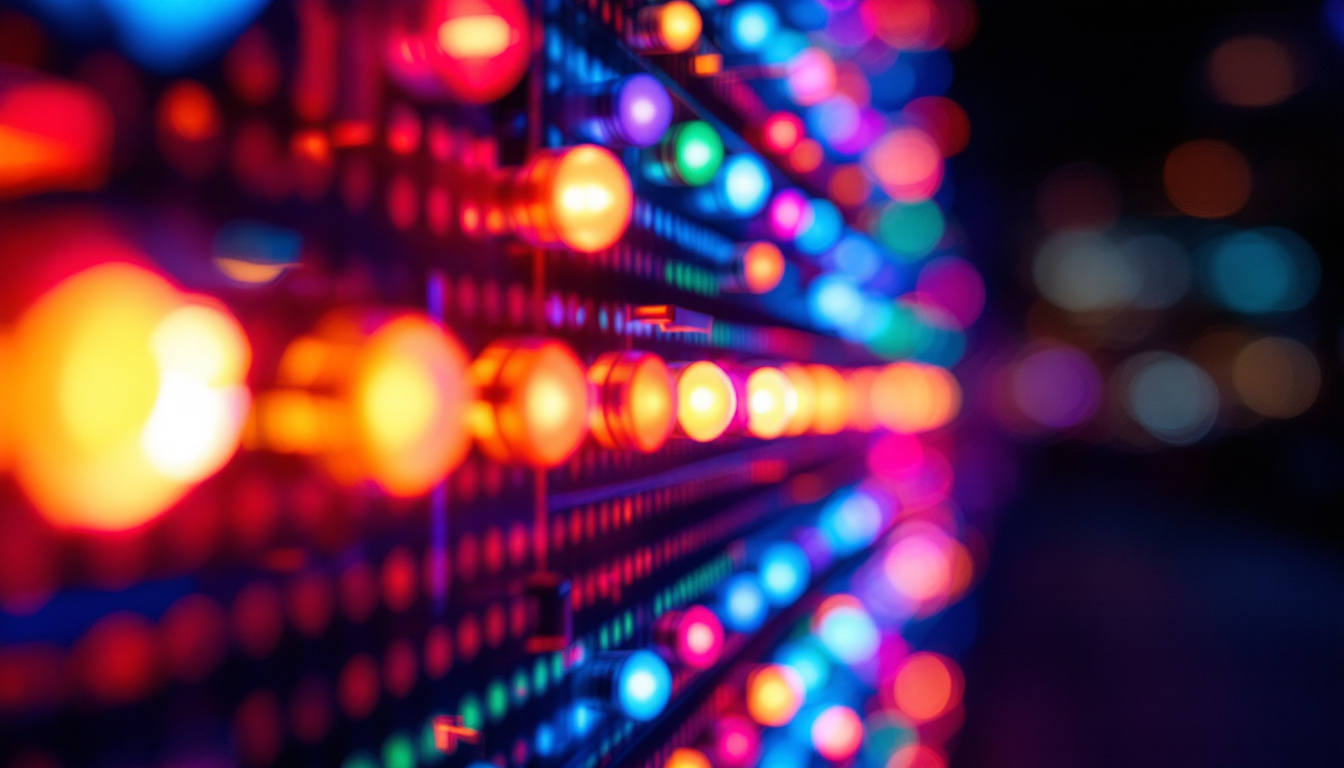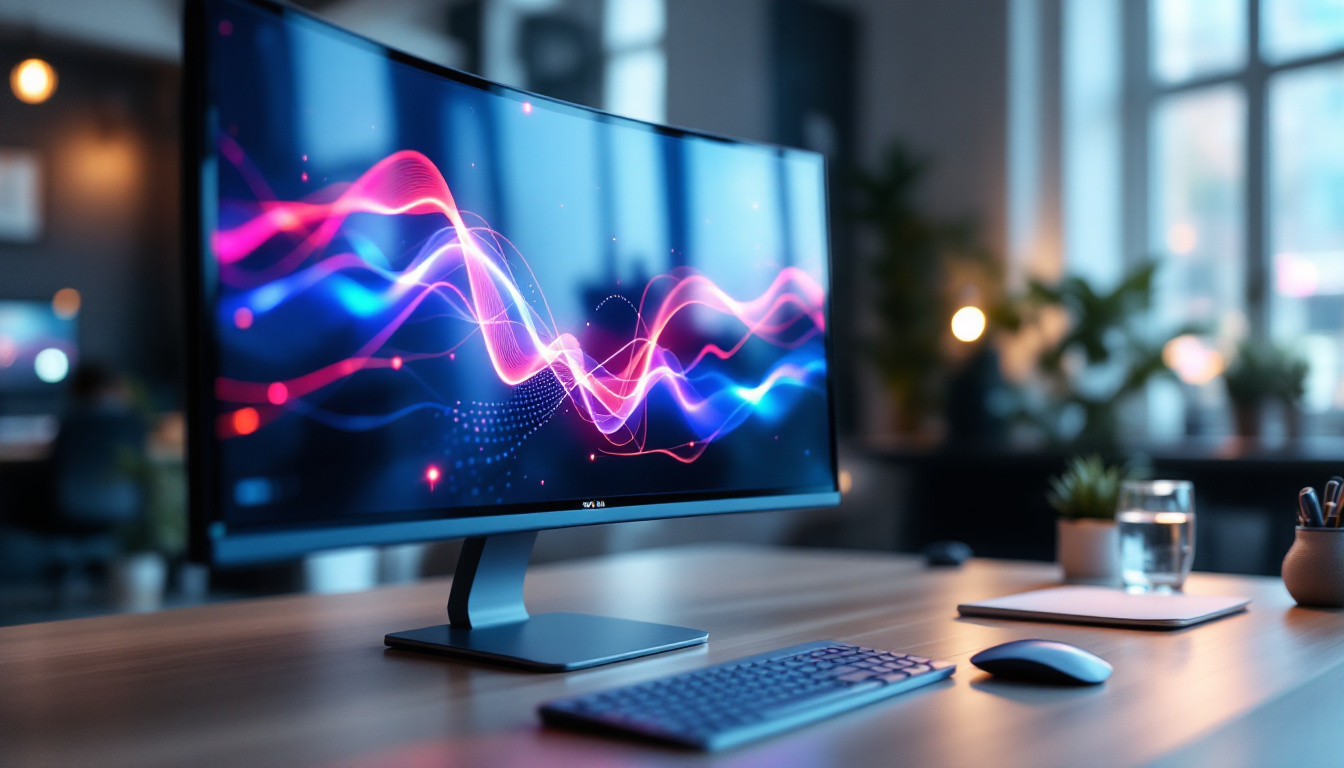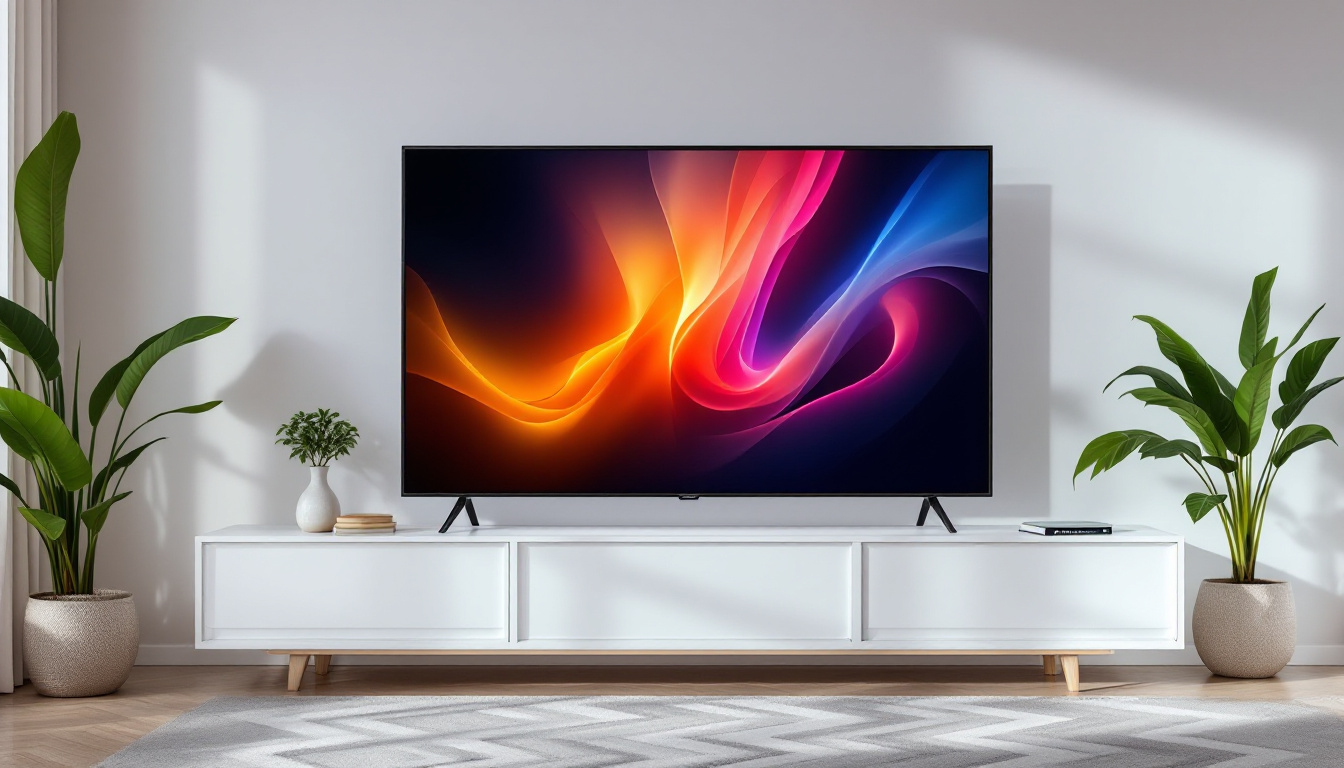In today’s digital age, the demand for high-quality visual displays has surged, leading to the widespread adoption of LED technology. Among the various applications of LEDs, the concept of a “Light Bright Wall” has gained significant traction in both commercial and residential settings. This article delves into the intricacies of LED displays, exploring their technology, applications, advantages, and future trends.
Understanding LED Technology
Light Emitting Diodes (LEDs) are semiconductor devices that emit light when an electric current passes through them. This technology has revolutionized the way we think about lighting and display systems. Unlike traditional incandescent bulbs, LEDs are energy-efficient, have a longer lifespan, and offer a range of colors and brightness levels. The efficiency of LEDs not only translates to lower energy bills for consumers but also contributes to reducing the overall carbon footprint, making them an environmentally friendly choice for both residential and commercial applications.
The Basics of LED Displays
LED displays are composed of multiple small LEDs arranged in a grid format. Each LED serves as a pixel, and by controlling the intensity of each light, a full-color image can be created. The size and resolution of an LED display can vary, making them suitable for different applications, from large outdoor billboards to smaller indoor screens. In recent years, advancements in technology have led to the development of ultra-thin and flexible LED displays, allowing for innovative designs that can fit into unconventional spaces, such as curved surfaces or even wearable technology.
Typically, LED displays can be classified into two main categories: direct-view and backlit. Direct-view displays are made entirely of LEDs, while backlit displays use LEDs to illuminate an LCD panel. The direct-view type is often preferred for its superior brightness and color accuracy, making it ideal for vibrant advertising and immersive experiences. Furthermore, the durability of LED displays makes them suitable for outdoor environments, where they can withstand various weather conditions while maintaining their performance and visual appeal.
How LED Displays Work
At the core of LED technology is the principle of electroluminescence, where electrons recombine with holes in the semiconductor material, releasing energy in the form of photons. The color of the light emitted depends on the materials used in the semiconductor. By combining red, green, and blue (RGB) LEDs, a full spectrum of colors can be achieved. This RGB combination is the foundation for creating millions of colors, enabling displays to render images and videos with stunning clarity and vibrancy.
Control systems play a crucial role in LED displays. These systems manage the input signals, ensuring that the correct colors and brightness levels are displayed. Advanced software allows for real-time content updates, making LED displays incredibly versatile for dynamic advertising and information dissemination. Additionally, many modern LED displays are equipped with smart technology, allowing for remote management and monitoring. This capability not only enhances the user experience but also provides businesses with valuable data analytics, enabling them to optimize their advertising strategies and improve engagement with their audience.
Applications of LED Displays
The versatility of LED displays has led to their adoption across various sectors. From entertainment venues to corporate environments, the applications are vast and varied.
Advertising and Marketing
One of the most prominent uses of LED displays is in advertising. Billboards and digital signage are now commonplace in urban environments, capturing the attention of passersby with vivid colors and moving images. The ability to change content quickly allows businesses to promote different products or services in real-time, making LED displays a powerful marketing tool.
Moreover, the high brightness levels of LED displays ensure visibility even in direct sunlight, which is a significant advantage over traditional printed advertisements. This capability enhances the effectiveness of outdoor campaigns, driving higher engagement rates and ultimately boosting sales. Additionally, LED displays can be programmed to target specific demographics based on time of day or location, allowing for more tailored marketing strategies that can significantly increase conversion rates.
Entertainment and Events
LED displays have transformed the entertainment industry, particularly in concerts, sports events, and theater productions. Large LED screens are often used to enhance the audience’s experience, providing close-up views of performances and displaying dynamic visuals that complement the show.
In addition to live events, LED technology is also prevalent in theme parks and attractions, where immersive environments are created using large-scale LED installations. These displays can sync with sound and lighting, creating a multi-sensory experience that captivates visitors. Furthermore, LED technology has made its way into virtual reality experiences, where displays can create realistic environments that engage users in ways traditional screens cannot. The integration of LED displays in these settings not only enhances the visual appeal but also allows for innovative storytelling techniques that keep audiences enthralled.
Corporate and Educational Use
In corporate environments, LED displays are used for presentations, conferences, and meetings. Their ability to display high-resolution images and videos makes them ideal for conveying complex information effectively. Furthermore, interactive LED displays can facilitate collaboration and engagement during brainstorming sessions.
Educational institutions have also embraced LED technology, using it in classrooms and auditoriums to enhance learning experiences. Interactive displays can engage students in a dynamic way, making lessons more memorable and impactful. Beyond the classroom, LED displays are being utilized in educational settings for events such as graduations and seminars, where they serve to provide real-time information and enhance the overall atmosphere. The integration of LED technology in education not only fosters a more engaging learning environment but also prepares students for a future where digital literacy is paramount.
Advantages of LED Displays
The benefits of LED displays extend beyond their aesthetic appeal. Several key advantages make them a preferred choice for various applications.
Energy Efficiency
One of the most significant advantages of LED displays is their energy efficiency. Compared to traditional display technologies, LEDs consume significantly less power, resulting in lower electricity bills and a reduced carbon footprint. This energy efficiency is particularly beneficial for businesses looking to cut operational costs while maintaining high-quality visual displays.
Longevity and Durability
LED displays boast an impressive lifespan, often exceeding 50,000 hours of use. This longevity translates to fewer replacements and lower maintenance costs over time. Additionally, LEDs are more resistant to shock and vibration than traditional display technologies, making them suitable for a wide range of environments, including outdoor settings.
High-Quality Visuals
LED displays offer superior brightness, contrast, and color accuracy compared to other display technologies. This quality is particularly important in environments with varying lighting conditions, where visibility can be a challenge. The ability to produce deep blacks and vibrant colors enhances the overall viewing experience, making LED displays ideal for both entertainment and advertising purposes.
Challenges and Considerations
Despite their many advantages, LED displays are not without challenges. Understanding these challenges is crucial for making informed decisions regarding their use.
Initial Costs
The initial investment for LED displays can be higher than that of traditional display technologies. While the long-term savings on energy and maintenance can offset these costs, businesses must consider their budget and return on investment when choosing to implement LED technology.
Heat Management
LEDs generate heat during operation, which can affect their performance and lifespan if not managed properly. Effective heat dissipation systems are essential to ensure that LED displays operate efficiently and maintain optimal brightness levels. This consideration is particularly important for large-scale installations, where heat buildup can be more pronounced.
Content Management
While LED displays offer dynamic content capabilities, managing and updating content can be a challenge. Businesses must invest in software and training to ensure that their displays are utilized effectively. Additionally, creating high-quality content that leverages the full potential of LED technology requires expertise and creativity.
Future Trends in LED Display Technology
The LED display market is continuously evolving, driven by advancements in technology and changing consumer preferences. Several trends are shaping the future of LED displays.
MicroLED Technology
MicroLED technology is emerging as a game-changer in the display industry. This innovation involves using microscopic LEDs to create displays with even higher resolution and improved color accuracy. MicroLEDs promise to deliver enhanced performance while maintaining energy efficiency, making them an exciting development for future applications.
Flexible and Transparent Displays
Flexible LED displays are gaining popularity, allowing for creative installations that were previously impossible. These displays can be curved or shaped to fit unique environments, enabling businesses to explore innovative design possibilities. Transparent LED displays are also on the rise, providing a way to showcase content without obstructing views, ideal for retail and architectural applications.
Integration with Smart Technology
As smart technology continues to advance, the integration of LED displays with IoT (Internet of Things) systems is becoming more prevalent. This integration allows for real-time data sharing and content updates, enhancing the interactivity and functionality of LED displays. Businesses can leverage this technology to create personalized experiences for customers, driving engagement and loyalty.
Conclusion
The Light Bright Wall concept exemplifies the transformative power of LED display technology. With their energy efficiency, longevity, and high-quality visuals, LED displays are reshaping how information is presented and consumed across various sectors. While there are challenges to consider, the advantages and future trends in LED technology indicate a promising path ahead.
As the demand for visually engaging content continues to grow, the role of LED displays will only become more integral in our daily lives. Embracing this technology can lead to enhanced communication, improved customer experiences, and innovative solutions that push the boundaries of what is possible in visual display.
Discover LumenMatrix LED Display Solutions
Ready to elevate your visual experience with the latest in LED technology? LumenMatrix is at the forefront of LED innovation, offering an extensive range of LED display solutions tailored to your needs. From Indoor and Outdoor LED Walls to dynamic Vehicle and Sports Displays, our products are designed to captivate and engage your audience. Whether you’re looking to create immersive environments with Floor LED Displays or make a bold statement with Custom and All-in-One LED solutions, LumenMatrix has you covered. Experience the future of visual communication and transform your space with our cutting-edge LED Transparent Displays. Check out LumenMatrix LED Display Solutions today and see your brand in a new light.

